|
By Manuel Players: 1 Platforms: Nintendo Switch, XBox, PlayStation 4, PlayStation 5, PC Are you a fan of action platformers? What about the classic Valis series? Well, if you fall into that specific niche within a niche, then do I have the game for you! Developed by Kanipro Games, and published by EastAsiaSoft, Violet Wisteria is now available on consoles following its debut on Steam last year. This game is a fan-made spiritual successor to the Valis series that features more than enough gameplay elements that make it unique in its own right. We're going to be taking a look at the Switch version today, and seeing as we have a lot to cover, let's get right into it! Violet Wisteria puts you in the shoes of Wisteria Asagiri who is on a quest to save her kingdom, and even Earth itself, from the dark wizard Maskandes. There's more to the plot that just that one-sentence version, but honestly it's more of a setup to get us into the core action that makes up the game. One of the things I feel that Violet Wisteria got right is how it gives players a deep enough plot for those looking for it, but doesn't let it slow down the experience for those who just want to get straight to the slashing and jumping. You'll never quite know the how’s and why’s of everything if you go that route, but that's not what's important here. Wisteria has a quest, and you have to help her see it eight levels that are filled with enemies. The plot is told to you mostly by way of cutscenes between levels, and a bit of banter before each boss fight. The cutscenes are done in an anime style and are done well enough. That said, I have but I a few issues with the placement of the text bosses that proceed each boss fight. I get that you'd want to properly know who is saying what, but the boxes tend to literally be on top of the character they belong to, totally obscuring them from view. I'll admit that this is a very small thing to bring up, but it almost acts as red flag to the overall level of polish you can expect here. Though this is an action platformer, you can't expect to mash the attack button to take out enemies. Why not you ask? Well, that's because this game implements a tri-color attack system. Enemies come in three colored variants: white, blue, and red, and your sword and magic attacks have the same colors attached to them as well. Each color is weak, strong, or neutral to the other colors in a way similar to rock-paper-scissors. Things differ from that comparison a bit once you learn that hitting an enemy with their same color knocks you across the screen, a tactic you're going to have to use a lot in platforming sections. Depending on the difficulty, hitting an enemy that is strong to a color damages you, and hitting them with the color they're weak against damages them. Most enemies only need one hit to kill, though some occasionally require more. There's a power-up item that allows you to attack all enemies with any color attack for a few seconds, though it can be a bit misleading. This is due to the fact that it creates a shimmer around Wisteria that implies invincibility, but that's just a beginner's trap as you're still very much vulnerable to all enemy attacks. While I found the tri-color attack system to be a rather neat idea, I think it's implemented in some odd ways. First of all, all attacks have different animations, speed, and hit boxes. Blue is a downward swing, red is an upward one, and white is a straightforward stab. This can make hitting specific enemies tricky in general, something that's made more annoying when the enemies themselves don't always adhere to the color rules. I'm still not sure why the white enemies are even called that since most of them are actually some form of grey. I think just making them black, or even green or yellow, would've improved the adaptability to the system greatly. You eventually have to learn that the three types of enemies are in fact red, blue, and not-red-or-blue. You also have magic attacks that you use with the shoulder buttons by default, and these take seconds off your timer in correlation to your difficulty setting. Seeing as running out of time is an instant death, I leaned towards hardly ever using magic. While a magic meter would've helped, I think that it's made far more broken due to how it too adheres to the tri-color system. Similar to sword swings, each magic attack works in completely different ways. Red fires off several fireballs in a forward spread, blue summons tornadoes in a pillar with you in the center, and white is a laser that shoots straight ahead. Each magic only harms enemies that are weak to it, so it almost feels useless that some of them work better in some scenarios than others. With all this in mind, I have to admit that this is still a system that you can latch onto pretty quick after a bit of playing, but it could've come off more natural if it was worked on a bit more during the development stage. Platforming is the next part of the game that we have to cover, and I think it's here where Violet Wisteria truly falls apart. I learned a phrase while researching Violet Wisteria, and that phrase is "coyote timing". Simply put, coyote timing is the amount of time or frames developers allow you to jump after you've left a platform or ledge. Most 2D platformers have some degree of this, but Violet Wisteria chose to take it out entirely. About a quarter of the positive reviews of this game on Steam, and just about all the negative ones, mention this odd quirk in jumping but don't seem to know what's causing it. I initially thought something was wrong with my controller, or that the console version is in need of a day one update, but I eventually learned that it was intentional. I'll go into how I know the thoughts of the developer later, but for reasons I assume revolve around a blind obsession with making this game truly "retro", the developers saw fit to include a feature (or not include it as it were) that practically breaks the game. 90% of my deaths in this game were due to me falling into pits because my jump input never registered. This isn't even the worst of it either, as this game seems to be so poorly programmed that simply falling off a step to a lower ledge triggers this no-jump thing, and keeps it that way until you stop running. This is hard to explain in writing, but basically it's even more broken than you realize at first. Let me clear, coyote timing is something that is present in just about every other 2D game, both retro and modern. It's almost a necessity today, and was a bit less common in the 90s. Why anyone would think bad controls are something to bring to modern gaming is beyond me, but it makes this game near unplayable. Yes you can learn to adapt, and it probably will only take a couple game overs to do it, but should we need to? Just for one developer's vanity project? There's more to mention regarding platforming, like how you have to use rebound far too often for my liking, but I want to discuss something else first before we wrap up our talk on gameplay. I have a small confession to make, I actually was a huge fan of a YouTuber called Ultra Healthy Video Game Nerd who stopped producing content a few years back with the hopes of getting into game development. The project that he started on back in 2020 or so was an action platformer that was meant to be a follow-up to the Valis series. I actually think that he had some hopes of shopping it around as an actual Valis game, but obviously that's not what happened. The game eventually became known as Violet Wisteria, and I stopped following the project right before its Steam release last year. There was no reason as to why I stopped, but I forgot all about the game until I saw it on the "Coming Soon" section of the Switch's eShop. From that moment I knew that I had to get my hands on it, and I eventually managed to secure a review copy through the publisher. (Thanks for that by the way EastAsiaSoft!) I went in wanting to love this game, and then went down a rabbit hole trying to figure out where it all went wrong. I eventually watched Ultra Healthy's walkthroughs of the first half of the game and heard from him directly that all the absolutely horrible gameplay decisions I've mentioned so far were put in completely on purpose. I also couldn't help but notice that the difficulty options he mentioned in the post-release video were actually more intense than what is in the game now. Add to this the fact that he has an even earlier video saying that people playing the demo are saying it's too hard, and I can't even imagine what kind of experience he was initially creating. This research also made me realize that Ultra Healthy Video Game Nerd basically created a game that he wanted to play, and never really seemed to care about the casual players. To make matters worse he's surrounded by an echo chamber of other Valis fans that seem to have blinded everyone involved with this game's creation from seeing how bad it really is. As I sit here writing this, there are 20 reviews on Steam, most of which are positive. Of those positive reviews there are a handful that mention everything I've just said, and at least one that admits that they haven't been able to even beat the first level. The fact that they are admitting all of this, but somehow still giving it positive reviews, is absolutely mind-blowing. I can go on like this, but I think you get the point. Now about that first level... This is the part of the review where I admit that I spent an hour trying to beat the first level and very nearly threw in the towel thinking that my controller had to be broken. I only came back to the game after watching the videos mentioned above, and using some of the advice he mentioned to beat some of the game's early challenges. While that might seem like the obvious solution, I must remind you that this is the person who created the game, and has probably played it a hundred times. Of course he'd be good at it. After some other failed attempts to get anywhere beyond the second stage, I ultimately turned on the Practice difficulty setting in the hopes of at least beating the game for the sake of getting screenshots. Unfortunately my new wall seemed to be level three. Even on the easiest difficulty, the coyote timing caused me to die several times, with each death sending me very far back in the level. Actually, it wasn't just the coyote timing. I forgot to mention it earlier, but this game also has the added fun of respawning enemies that can knock you off a ledge with a single hit. And good luck trying to take out several flying enemies in front of you that all have different colors. The game felt so mean spirited that I pretty much did give up at this point to begin writing the review. I've since tried to go back to the game 4-5 times determined to at least get to level three on the normal difficulty (Which is annoyingly called "easy" in-game by the way.), but could only get halfway through level two before I gave up once and for all. I'm sure some people out there have beaten this game, but I couldn't even find playthroughs of what the game looks like beyond level four, so I guess that will always remain a mystery to me. I have to reiterate, I wanted to love this game. I went in ready to give it a glowing review and thank Ultra Healthy for all his hard work, but I don't think anything has let me down more in recent memory. Visual-wise Violet Wisteria has some ups and downs, though thankfully the negatives are not nearly as glaring as the gameplay. I was a huge fan of the art style from the get-go, though things start to take a dip once the more you get into the game. While some of the cutscene graphics have that slightly off "How to Draw Anime Art" feel, the biggest shocks came when I hit the second level. The graphics in that stage are almost laughable, and I couldn't believe they're in a finished product from an actual well-respected publisher. There's a screaming face in the wall that looks like it was a sketched holdover, and the see-through enemies that walk back and forth look like a child's drawing. Actually, most of the graphics in the level look they were created by hand, but in the worst way imaginable. They're honestly on par with stuff I've seen in shovelware title, and they have some of the oddest animation to boot. Now not all of the graphics are bad, but there seems to be one exceptionally ugly thing for every single great-looking one. This mix of bad and good goes on throughout the game, and I can't help but wonder if some of the best visuals were spent on the first stage since that's realistically the only one a lot of players are ever going to see. For a nice change of pace, I have somewhat more positive things to say about the game's soundtrack. The music feels like it belongs to a late 80s/early 90s action game, and there are some great compositions here. Though I didn't think the drum sampling ever sounded right (as in it always seemed off-beat), I have to say that most of the music was great. The problems show up a bit quicker than those with the graphics though, as it only took me a few minutes to notice that the music doesn't properly loop. There wasn't anything as bad as a literal break where a track stopped and started up again, but there were some transitions that made it obvious that the composer hadn't really thought about how the beginning and end would stitch together in a continual loop. Also, and I'll admit this is subjective, some of the music from the later levels is very hit or miss. I have to say that the best music is in the introduction, and in the first level. Also, I have to mention that the sound seems mixed extremely low, with no way to adjust things within the options menu. I had to turn my TV up very high to hear it, and it was whisper quiet if I was playing in Handheld Mode. While I do think the soundtrack is where the game shines the most, I have to add the caveat that it's a fairly low bar at this point. At the end of the day, I really don't want to bash on a game that clearly is a labor of love. I actually feel bad that I have to knock something that comes from one of my favorite content creators. Still, I can't lie and say that I think Violet Wisteria is a good game. Rather than take what worked from the Valis series and mold it into something modern, we instead get a clone that can't pales in comparison to even the worst Valis game. Even though those games haven't aged the best, they still have a level of polish that can't be equaled by a first-time developer. Violet Wisteria could've really stood out if it did its own thing, but now it has to be forever compared to a series of games that are leaps and bounds better than it. I guess what I'm trying to say is that I feel that there's pretty much no reason to play Violet Wisteria when the other Valis games are still out there. I can go on and on about how replayable this game is, how it's perfect for challenge or speed runs, but I can't shake the feeling that this was created to cater to an extremely niche audience. An audience that I guess I'm not a part of. I'm sure it comes as no surprise that I can't recommend Violet Wisteria to anyone outside of the most hardcore Valis fandom. If you're one of those fans, then you probably already own this game. For just about everyone else, I think there's far better games out there for you to try, not the least of which are the Valis games that you can also get on the Nintendo Switch. I really wanted to love this game. I tried and tried to get beyond all the broken mechanics and see the great game underneath, but I'm not really sure it's there. While I can't end this review with much of a positive spin, I do hope that the developers try their hand at another game in the future. Hopefully a unique game that stands on its own. I'll definitely give it a try. Check Out Violet Wisteria on Nintendo Switch: https://www.nintendo.com/us/store/products/violet-wisteria-switch/ Story: B Gameplay: D- Graphics: C Music/Sound: B Value: C Overall: C- Pros: + A labor of love created for fans of the classic Valis series. + The core concept of an action platformer with color-based attacks is pretty unique. + Some of the game's visuals, especially those found in the first level, are pretty impressive. + The cutscenes in between levels feature some neat anime-inspired art. + Fans of retro-inspired music will find some good tracks to vibe to here. Cons: - The lack of "coyote timing" means that jumping feels extremely broken for most modern gamers. (In a game that relies heavily on platforming!) - The color-based attack system has a lot of problems (Why are the "white" enemies rarely white?!?!), not the least of which could lead to accessibility issues. - While there are some amazing visuals in certain parts of the game, they're mixed in with graphics and stages that look extremely amateurish. - Besides some occasional iffy music within the soundtrack, there are also volume and looping issues. - Extremely hard and unforgiving, this is made for the hardcore of the hardcore only. - Even though this is clearly created to be something of a spiritual successor to the Valis series, it's this reviewer's opinion that it fails on that front. A copy of this game was provided to us free-of-charge by the publisher for the purpose of this review. This did not affect our review in any way. |
Search
Contributors◆ Angie
◆ Emily ◆ J.D. ◆ Janette ◆ JT ◆ Manuel ◆ Nestor ◆ Rose ◆ Sylvia ◆ Teepu ◆ Tiffany ◆ Winfield Archives
March 2025
|
© 2014-2025 A-to-J Connections. All Rights Reserved.




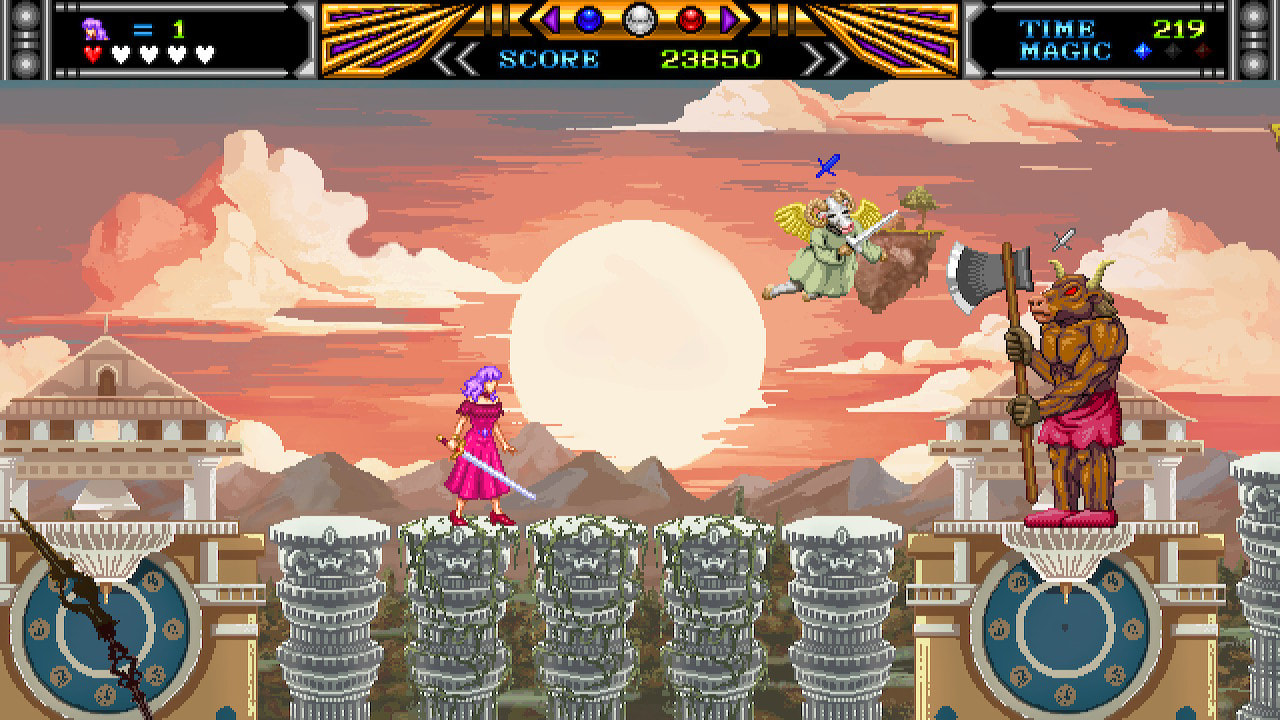
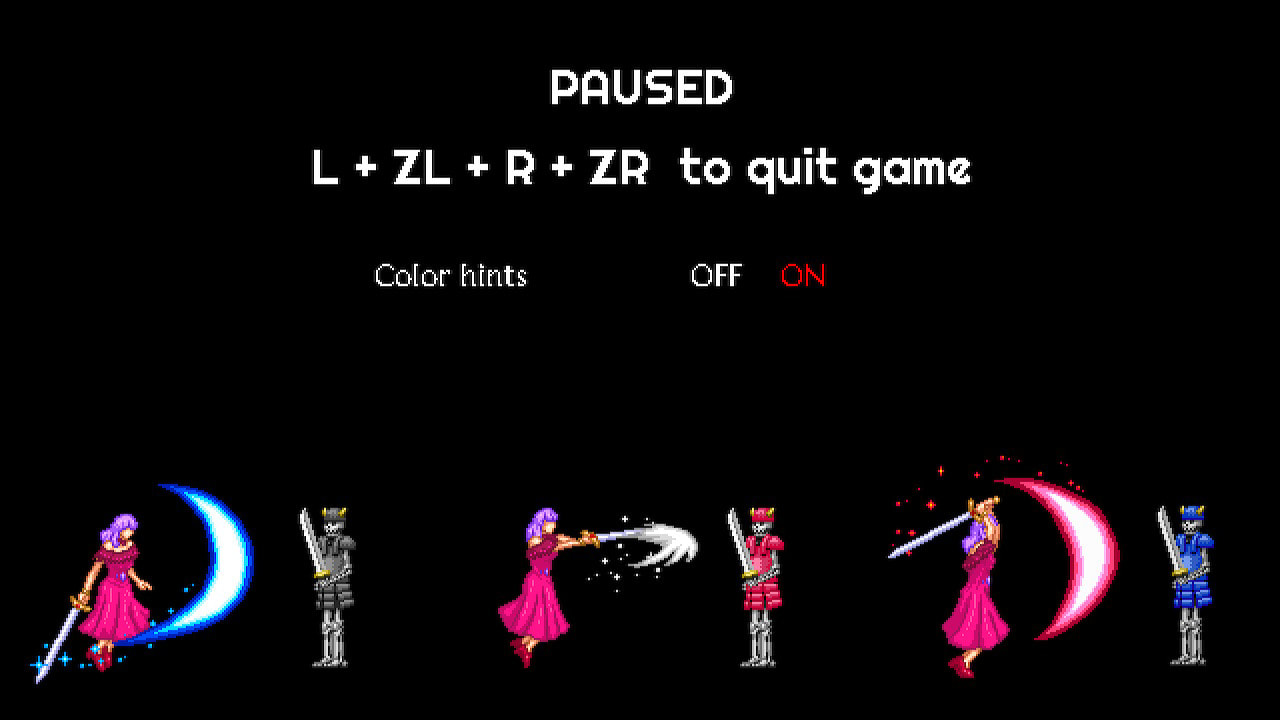

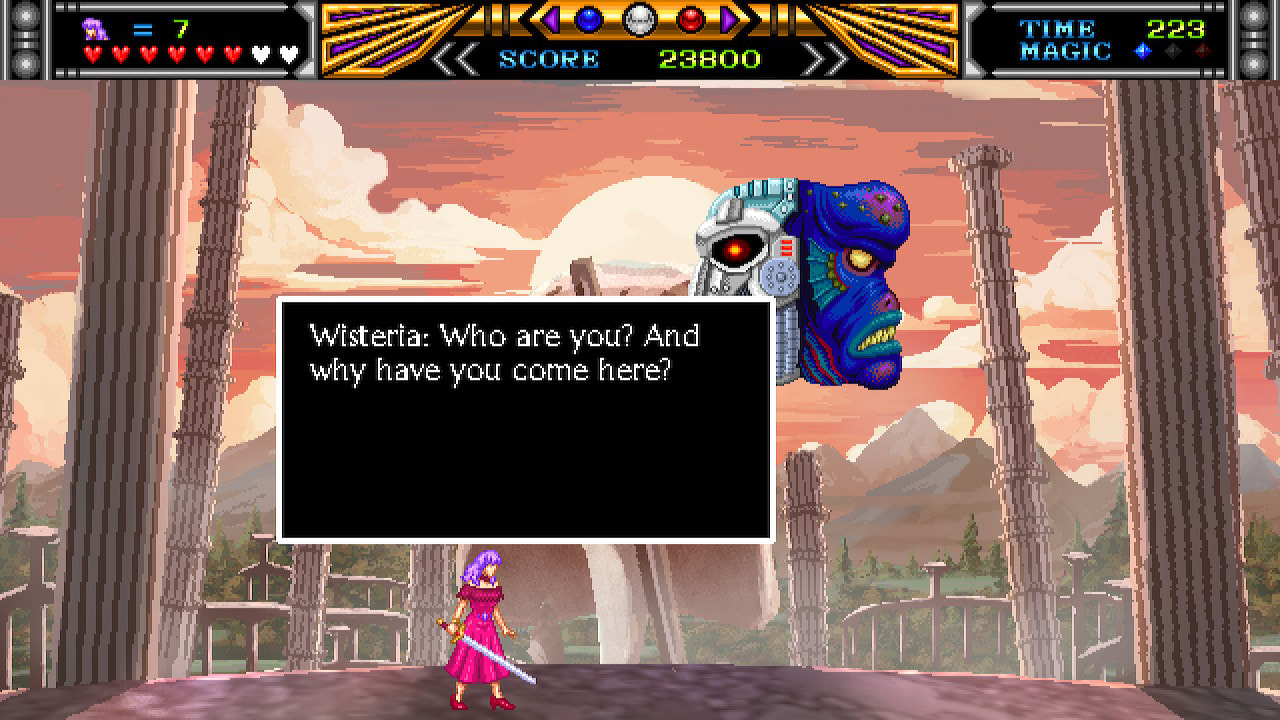
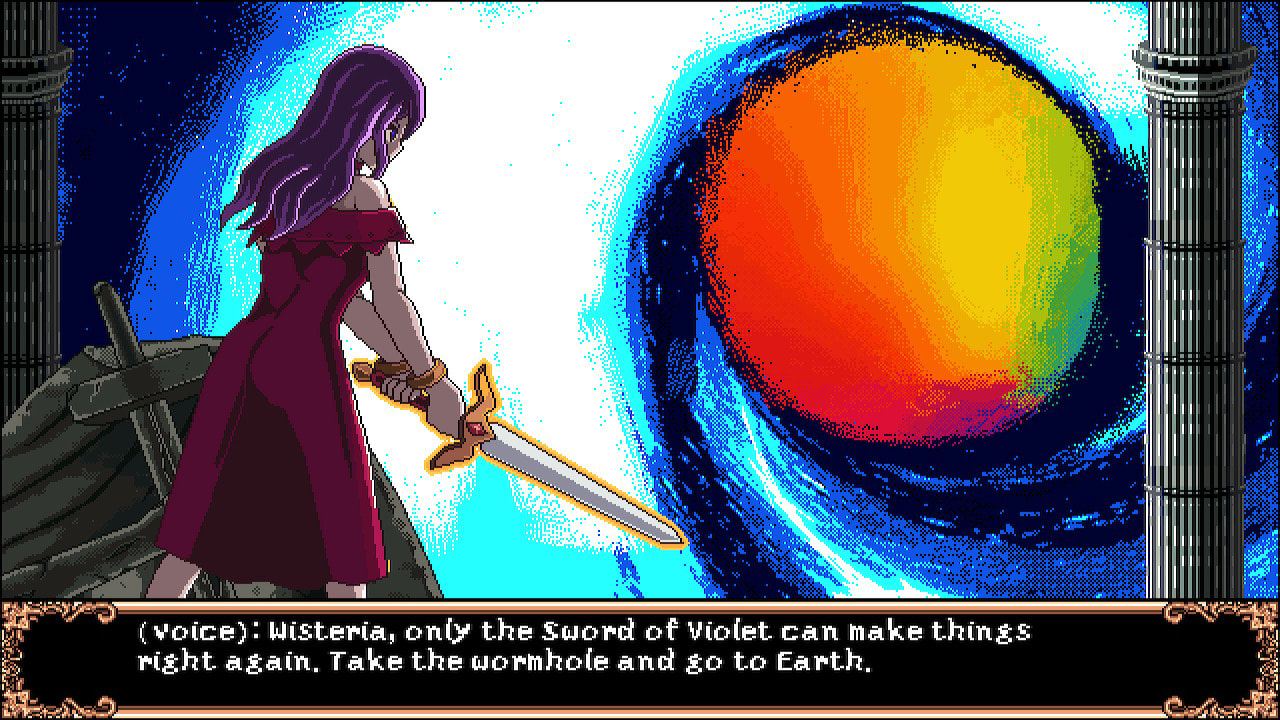
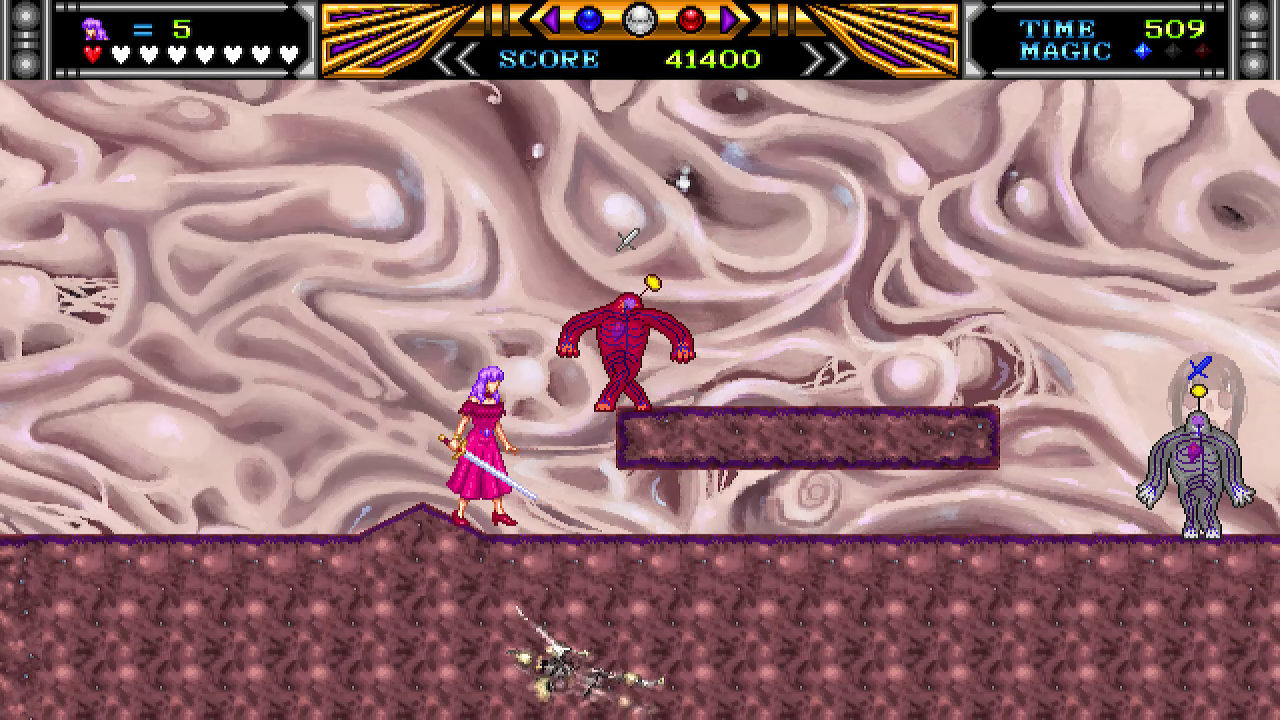
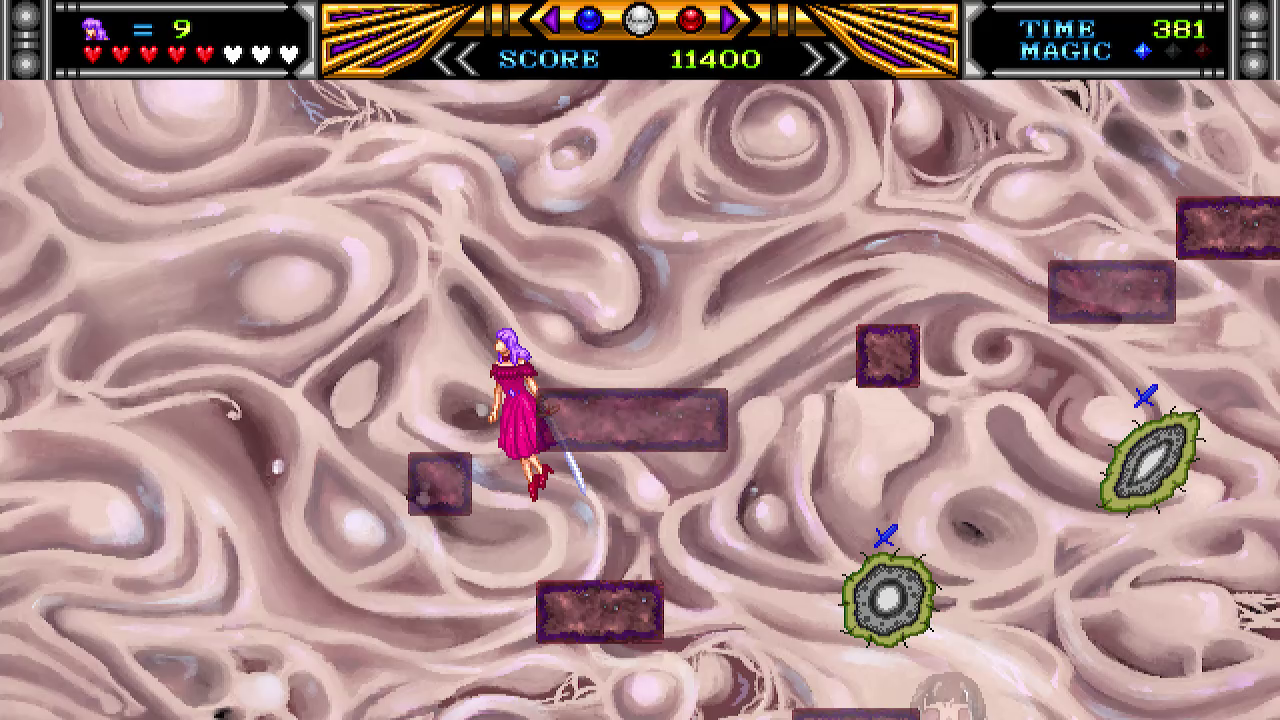
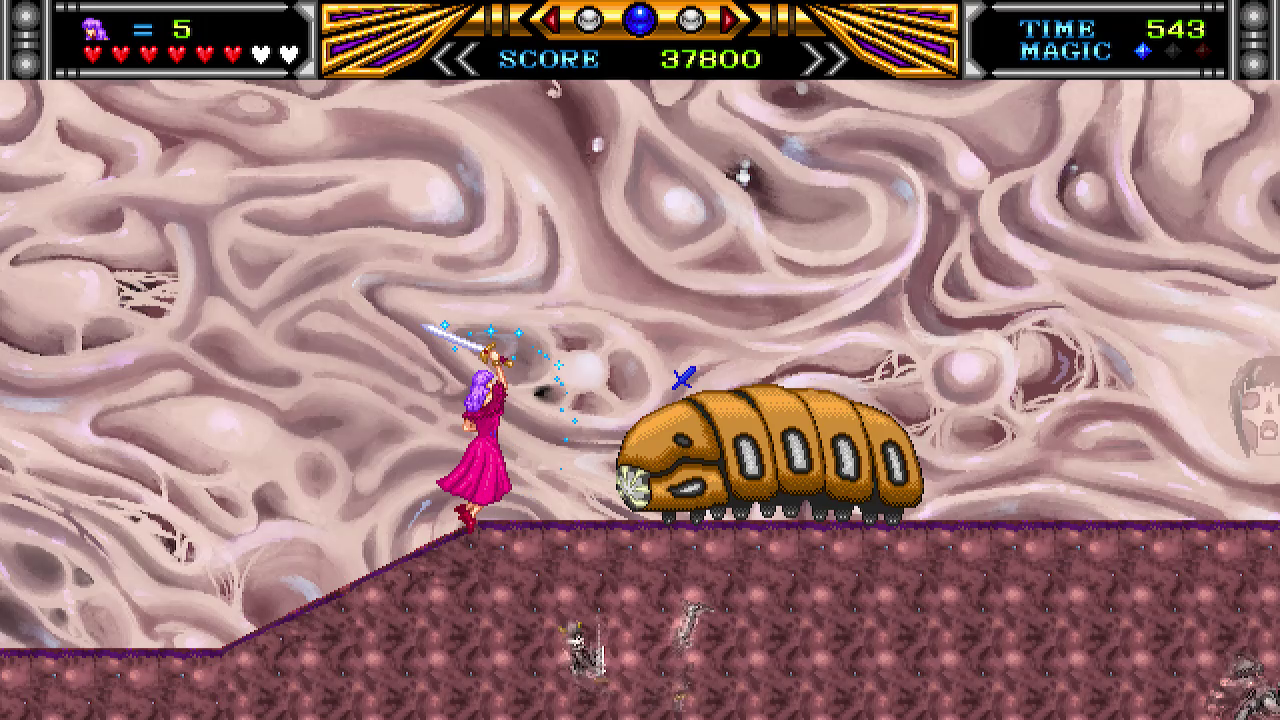
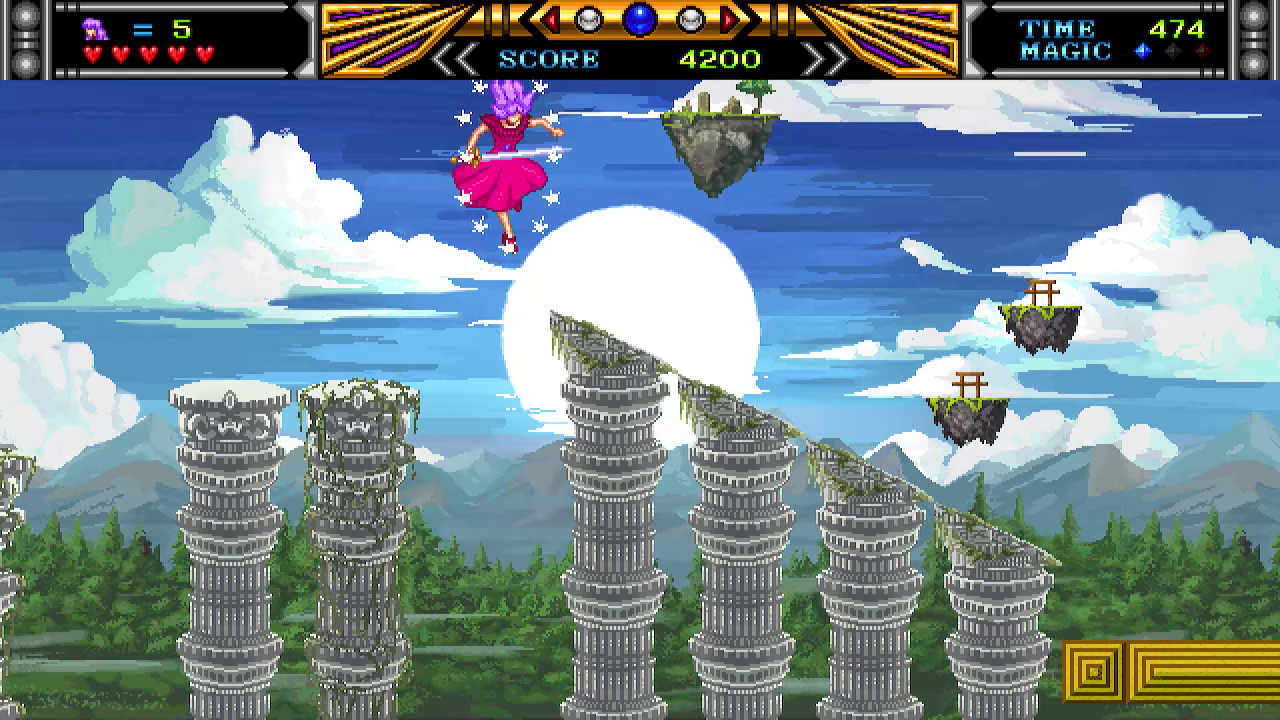
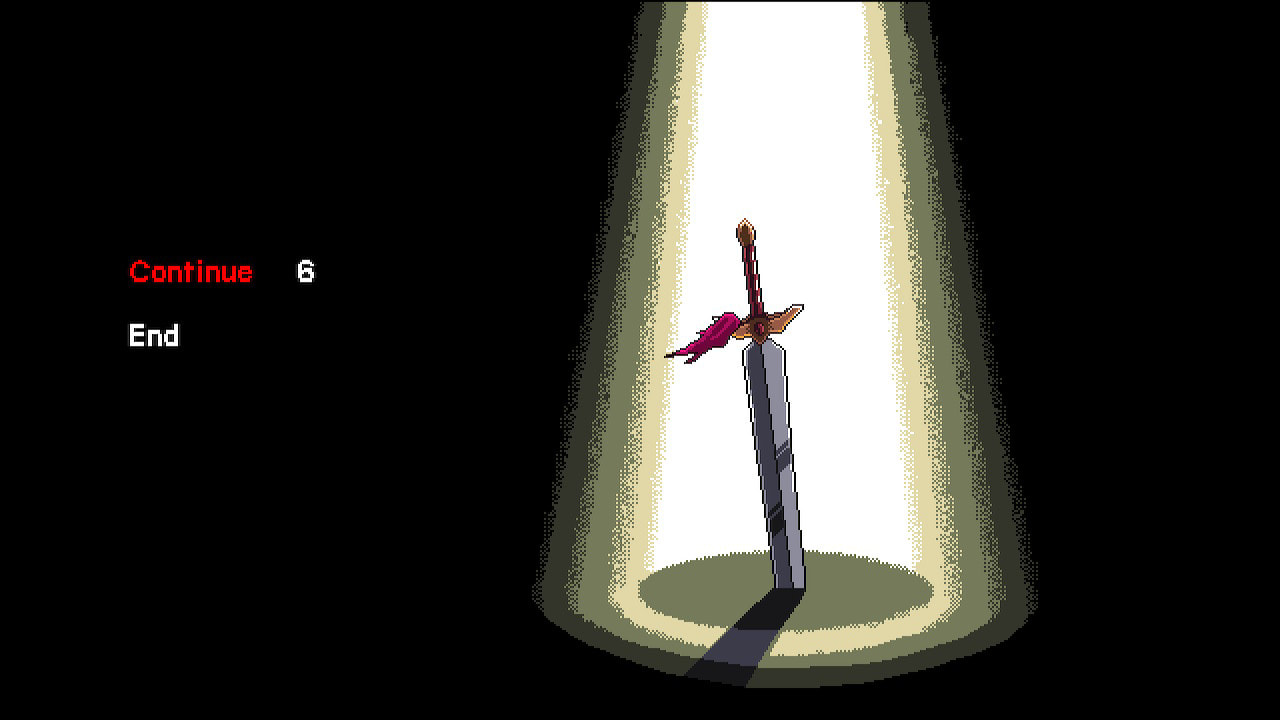
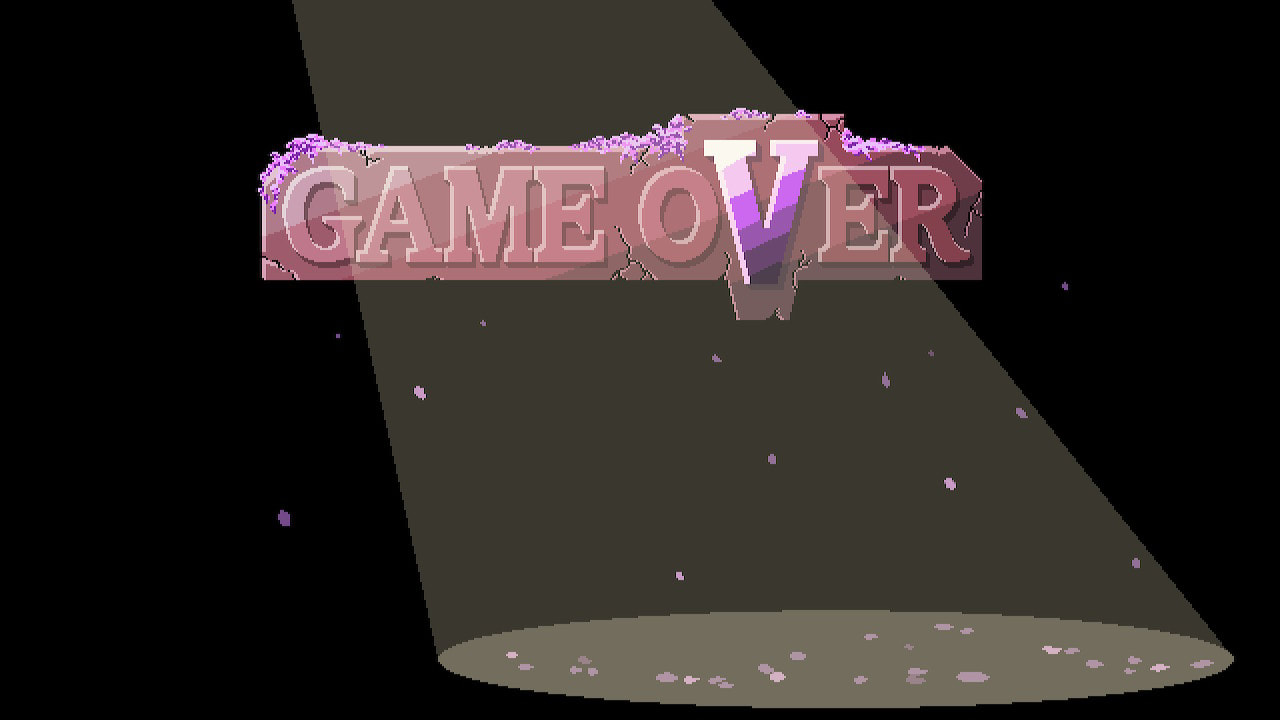

 RSS Feed
RSS Feed